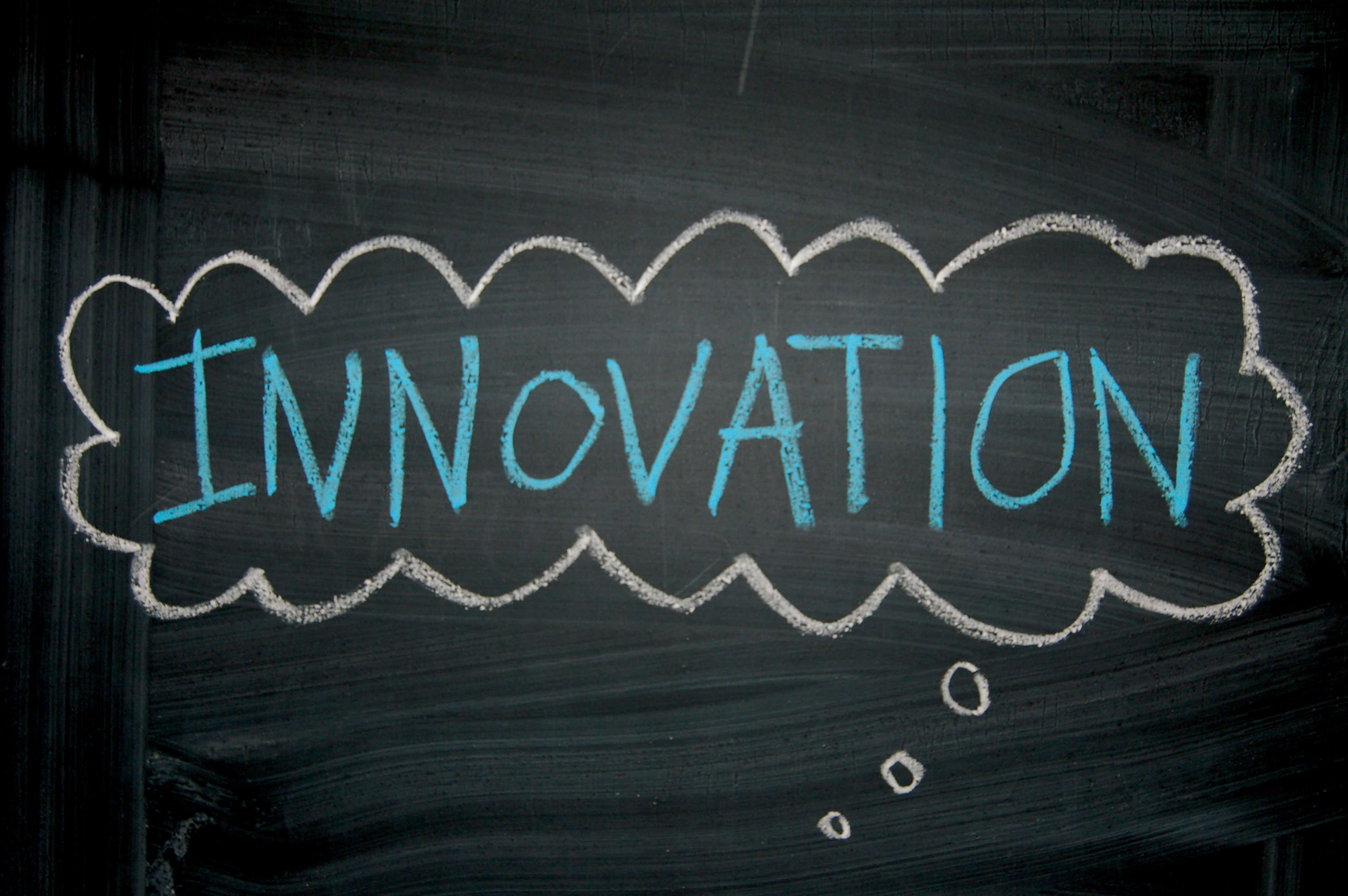Innovation is more than making a fridge for dogs

By Bloomberg View
In the 1990s, Cewe was Europe’s biggest developer of camera film. You might not think that would be a great basis for growth in an era during which camera film almost ceased to exist. But things have worked out just fine for the Oldenburg, Germany, company:
Cewe’s flagship business now is printing books made from customers’ digital photos. It didn’t invent photobooks; in the beginning it had to license software to make them. But it invested in building up its own digital capabilities and now dominates the market in Europe, selling 5.9 million photobooks in 2014. It also printed 2.3 billion photos -- almost all from digital files, and a rapidly increasing percentage downloaded from mobile phones. Its 21.4 million euro net income in 2014 was about twice what it made in 1998, when the old film-developing business was still going strong.
I learned about Cewe from a little book called “Masters of Innovation,” written by four A.T. Kearney consultants. The prospect of a book on innovation written by four consultants did not fill me with anticipation. But I started to read this one on the subway headed to a meeting with two of those consultants, and actually kept reading after the meeting.
The main reason was the unique back-story -- a “Best Innovator” competition started in 2003 in Germany by A.T. Kearney partner Kai Engel (the book’s lead author) in conjunction with the business weekly Wirtschaftswoche and the German Ministry of Economic Affairs. It was a big success, and A.T. Kearney began rolling out the competition in country after country -- there are now 16 national competitions, plus one for North America.
Cewe was the small- and medium-sized enterprise winner for Germany in 2010. Among the well-known companies that have won the award in Germany and elsewhere -- such as 3M, BMW, L’Oreal and Whirlpool -- there are lots of others you’ve probably never heard of. This isn't a contest for startups with one big world- changing idea; it’s aimed at identifying established companies that keep coming up with successful new products. The contest results also reflect the nuts-and-bolts, operational focus of A.T. Kearney, which was separated not long after birth from McKinsey & Co. (The firm’s New York and Chicago offices parted ways after the death of founder James O. McKinsey in 1937; Andrew Thomas Kearney ran the Chicago operation that later took his name.)
The book is an attempt at summing up what the winners have in common. Early on the authors warn that they won’t “offer frameworks or bulleted lists.” Instead they offer, well, this:
OK, so it isn't Edward Tufte. But it does illustrate the basic innovation process followed by most of the contest winners: Create an environment that encourages innovation and give employees a platform for generating lots of new product ideas (each of those little green ovals, for those of you reading on smartphones, is labeled “idea”) -- but then quickly shift to a hard-nosed winnowing of ideas (that’s what the funnel is doing) and then a relentlessly measured process of developing them into products, getting those products to profitability and milking out as much profit as possible.
The early part of the innovation process is the fun part. Reports one Whirlpool executive on the company’s “idea smashing” sessions:
Often, this idea smashing will produce results that are impractical to the point of silly (“refrigerators for dogs” “one cup dishwasher”) but at this point of ideation we are trying to produce as many ideas as possible, not a single “home run.”
It’s the subsequent stages that have often stumped companies with great research operations such as AT&T’s Bell Labs and Xerox’s Palo Alto Research Center, so it is perhaps not surprising that successful innovators put a lot of emphasis on measuring them. The most common metric seems to be what 3M calls the New Product Vitality Index and what most companies simply call “percentage of revenue from new products.” Another is the idea transfer rate, which measures how many of the ideas into which you’ve put significant resources are actually brought to market. Yet another is time to profit, which is exactly what it sounds like.
That the Best Innovator contest winners measure these things is also in part due to the design of the contest. A.T. Kearney is very attached to metrics such as those described above (the term of art is KPI, for Key Performance Indicator), so of course the companies that get through the gauntlet of its questionnaires and jury deliberations are attached to them too. On the other hand, A.T. Kearney has tracked the share prices of the publicly traded Best Innovator winners in Germany and France since 2005, and they have done a lot better than the STOXX 50 Index. (“Unfortunately, I didn’t invest myself,” says contest- originator Engel.) The award does appear to have predictive power.
When Cewe won in May 2010, for example, its stock was just beginning to emerge from a years-long slump. In 2007 the company’s management had even been the target of an attempted ouster engineered by a pair of American hedge funds. They fought that off, kept at their innovations and their KPIs , and have since seen big gains in profitability and share price. “It’s a chemical-processing company turned into an IT-based solution provider,” Engel says. In other words, it innovated its way out of a dying business and into a growing one. That may not be quite as cool as a refrigerator for dogs, but it is something.
Here we are to serve you with news right now. It does not cost much, but worth your attention.
Choose to support open, independent, quality journalism and subscribe on a monthly basis.
By subscribing to our online newspaper, you can have full digital access to all news, analysis, and much more.
You can also follow AzerNEWS on Twitter @AzerNewsAz or Facebook @AzerNewsNewspaper
Thank you!
